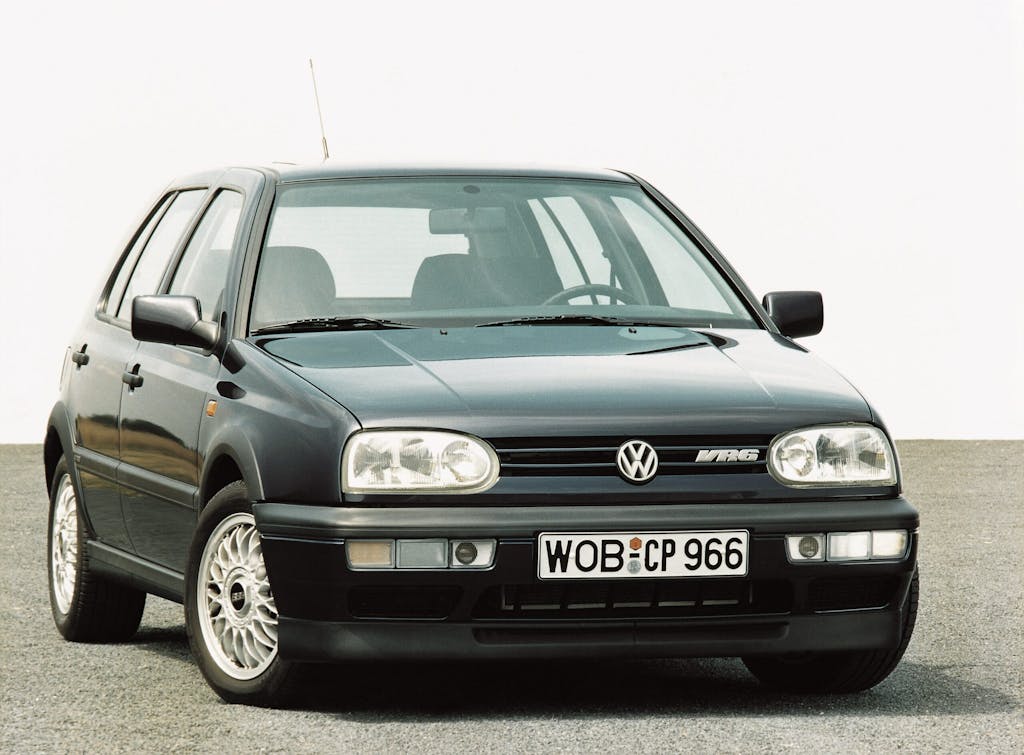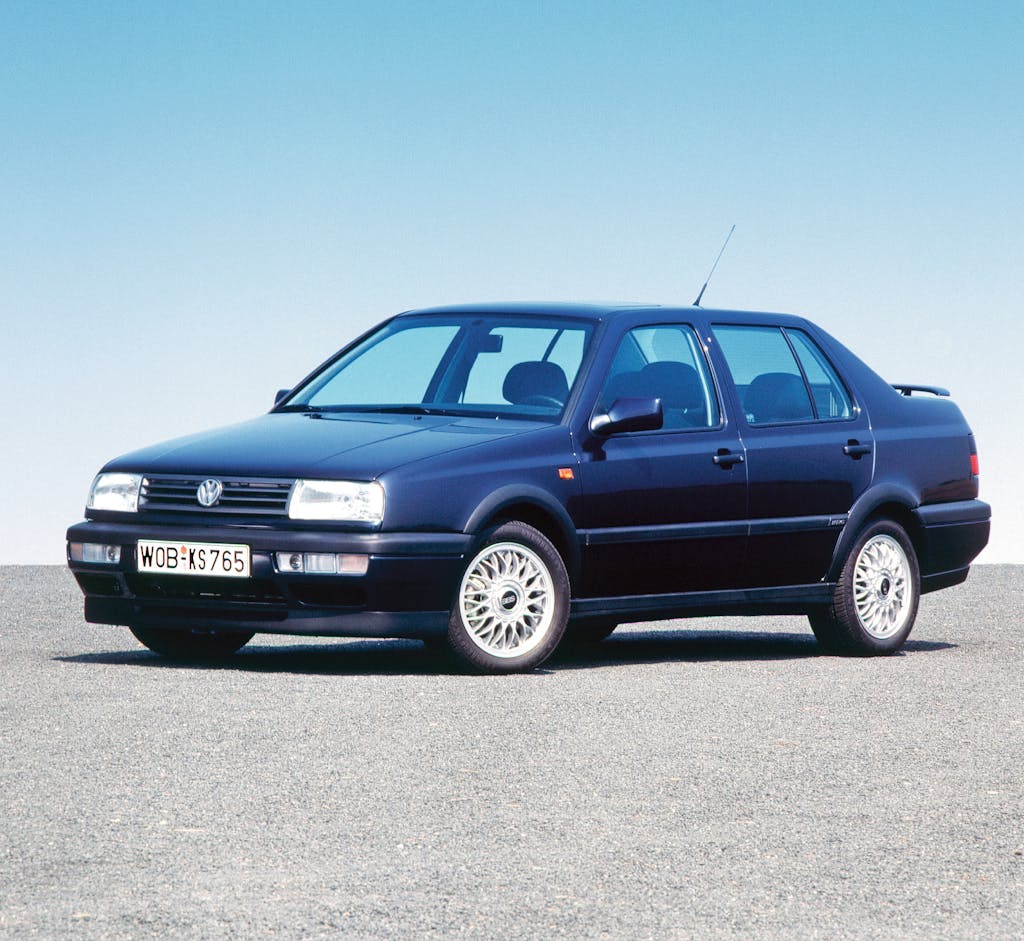Pour one out for another great engine: Volkswagen has built its final VR6.
“After 34 years and nearly 1.87 million units produced, the iconic VR6 engine says farewell,” Andreas G. Schleith, a spokesperson for Volkswagen, wrote on LinkedIn. The last VR6 was built on 12 December.

The VR6 retired from the American market after the 2023 model year when the Atlas went four-cylinder-only, but it lived on in China until a couple of days ago. The Q6, a Chinese-market crossover that is related to the Atlas but isn’t sold in Europe or in the United States, was notably powered by a 2.5-litre VR6.

Like the Hemi V8, which is living out its last months in America’s Dodge Durango, the VR6 was carried into the sunset by a family-friendly SUV. It’s a rather inglorious ending for an engine that was often synonymous with performance. It made its global debut at the 1991 Geneva auto show and was inaugurated by the Passat, though it quickly made its way to the Corrado, the Jetta, and, crucially, the third-generation Golf.


I’m highlighting the Golf due to the superstar status it enjoyed in the early 1990s. At the time, it was the reference point in the segment and the car that Volkswagen’s rivals used as a benchmark. Dropping a six-cylinder between its wings widened the gap between the Golf and its rivals in terms of performance and prestige, and it would have been considerably more difficult to achieve with another layout.
The VR6’s beauty is its packaging. It’s considerably narrower than a traditional V6 because its cylinders are placed at an angle that ranges between 10.5 and 15 degrees; they notably share a head. And yet, it’s not a whole lot longer than a straight-four, and it’s much shorter than a straight-six. I don’t have a measuring tape and a third-generation Golf handy to doublecheck, but I’d bet a straight-six wouldn’t fit in the engine bay.

Early versions of the VR6 featured 12 valves and 2.8 litres of displacement. Displacement gradually grew to 2.9, 3.2, and eventually, 3.6 litres, and a 24-valve version made its debut in 1999. The various evolutions of the VR6 ended up powering a long and diverse list of cars that included the EuroVan, the New Beetle RSi, and the Touareg. The first-generation R32, which opened a new world of performance for the Golf, was powered by a 3.2-litre version of the VR6. Even the mighty Phaeton used a VR6 as its entry-level engine.

The VR6 wasn’t confined to the Volkswagen range. The original Audi TT and the first-generation Porsche Cayenne – two hugely significant cars for their respective manufacturers – were available with a 3.2-litre VR6. SEAT and Škoda used it, which you’d expect. Mercedes-Benz used it in the W638-generation V-Class, which you probably wouldn’t expect. Hell, there were forklifts and Winnebago RVs powered by the VR6!
Downsizing ultimately got the best of the VR6 in the Volkswagen range. In the early 1990s, the idea of a six-cylinder–powered Golf was exciting and a little exotic. In the early 2020s, it’s downright decadent. According to the brand, even the XL-sized Atlas doesn’t need a six-pot, so why bother designing a new VR6? We, along with VW fans across the globe, could think of a few reasons, but time marches on. Farewell, VR6, you’ll be missed.









